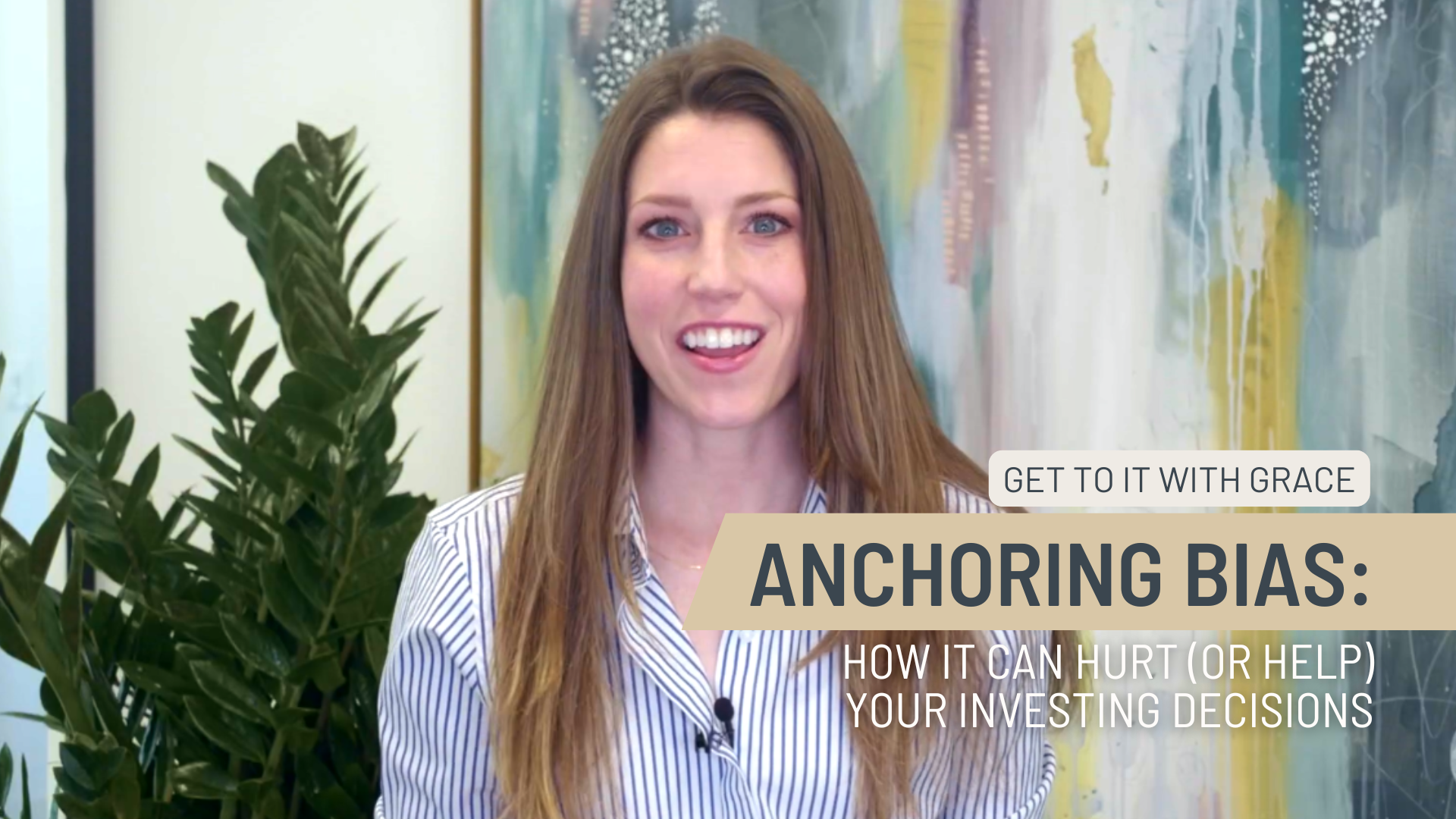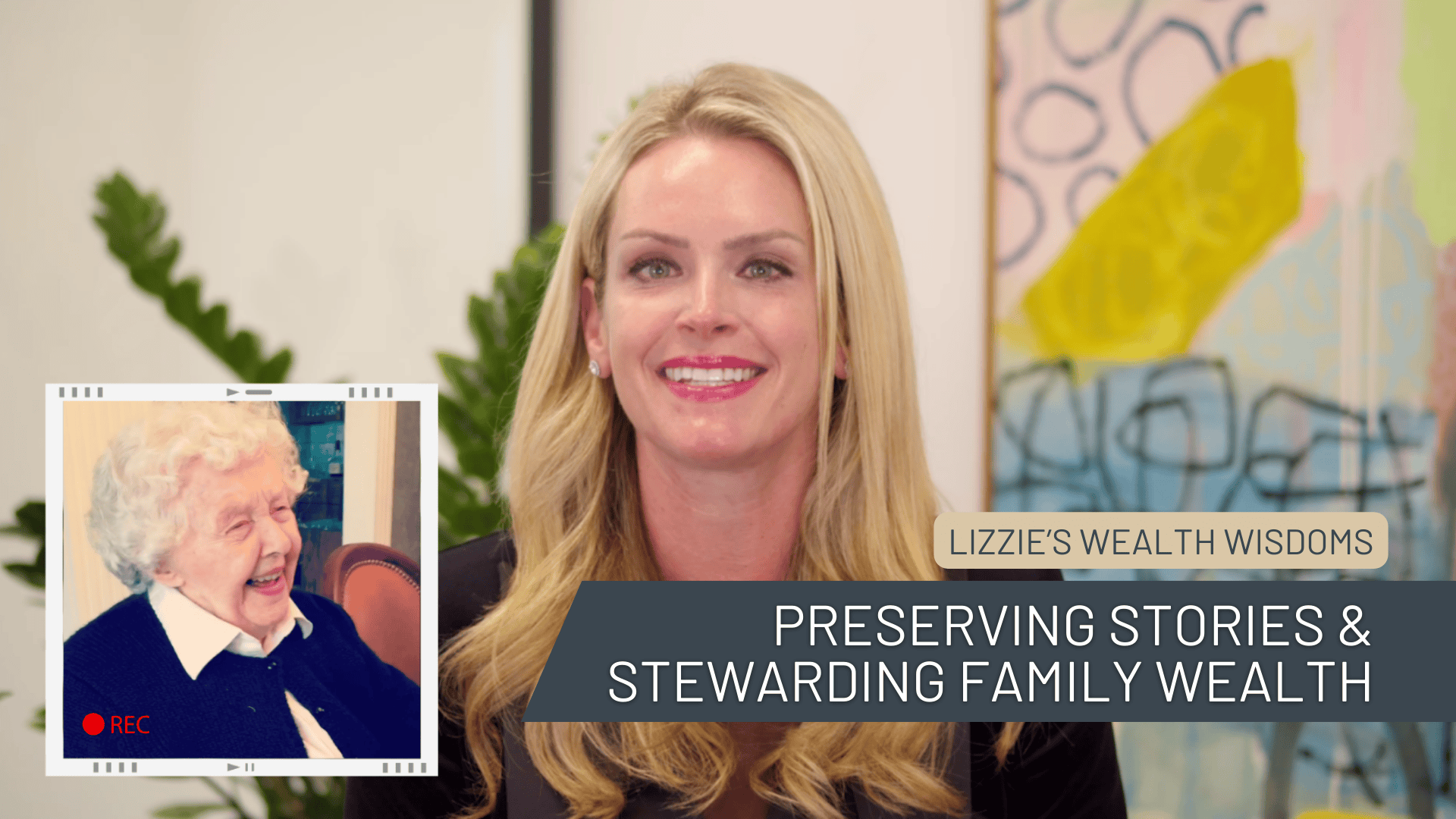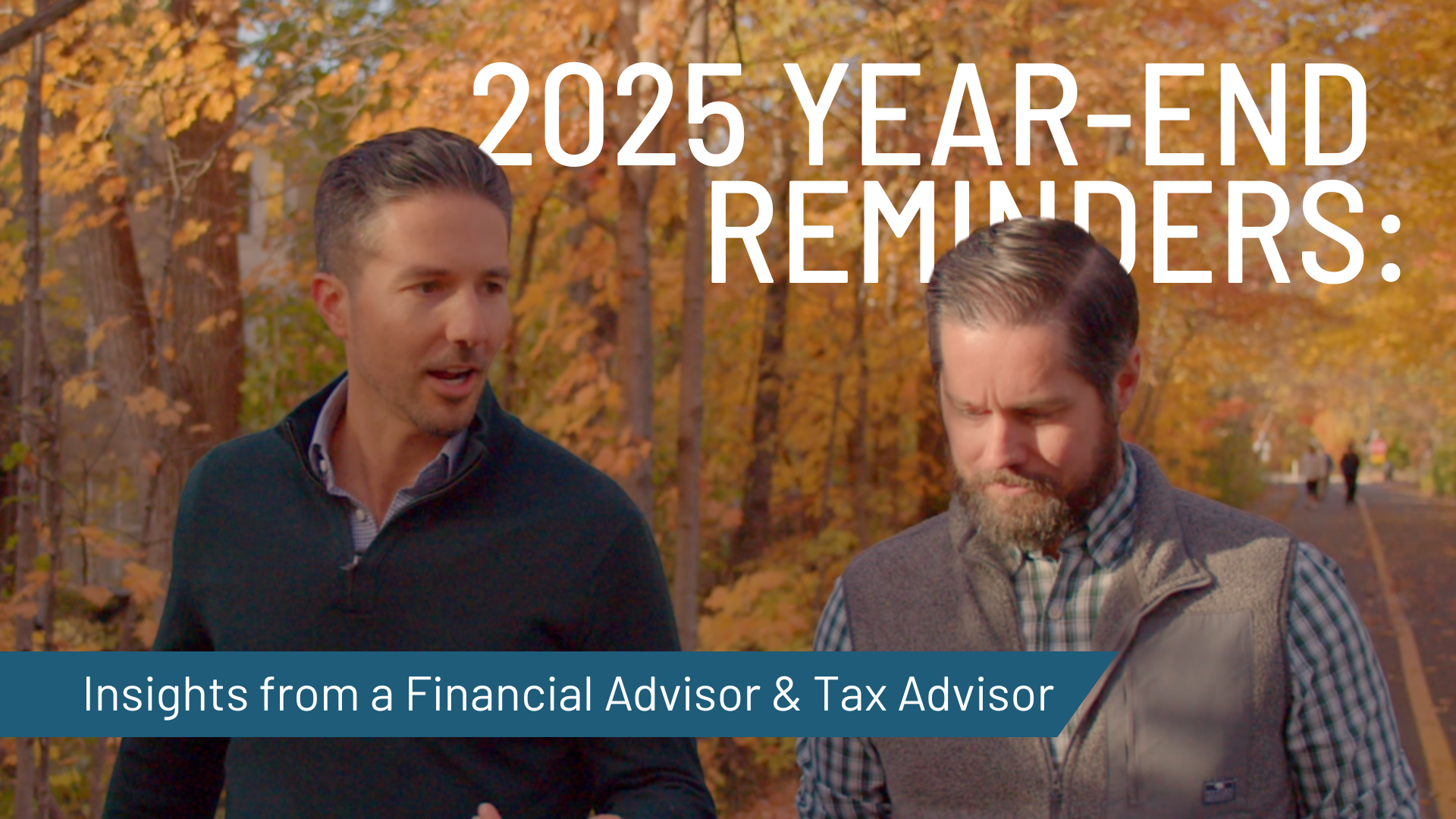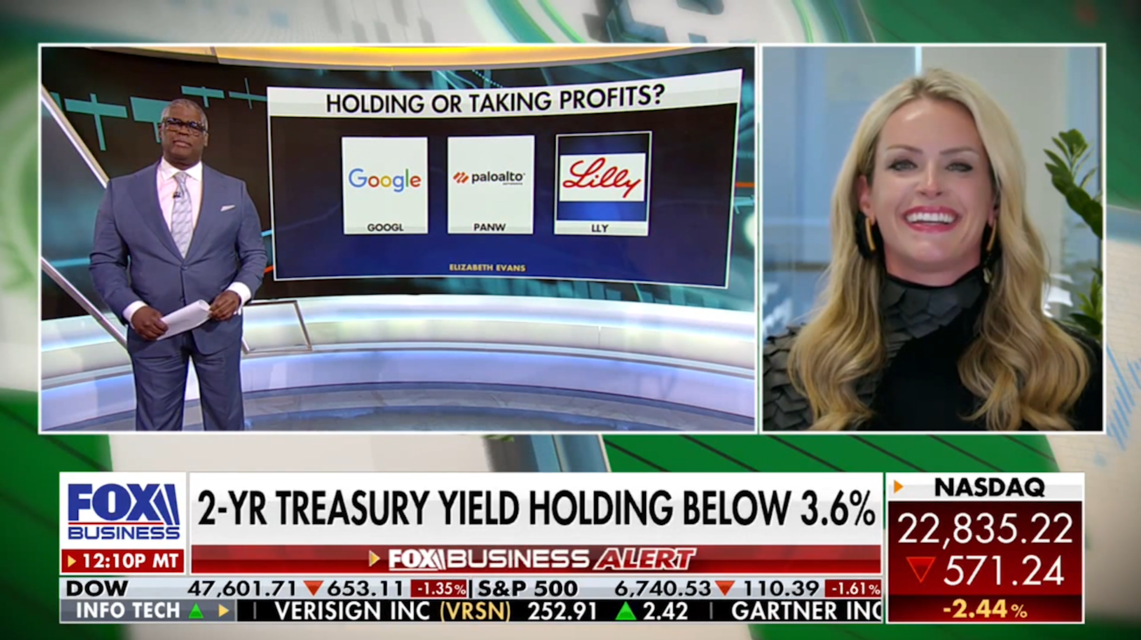Story time: I was catching up with a client during the April market dip, but he wasn’t calling out of concern for his portfolio—instead, he wanted to check in on me and the team, and offer a simple reminder… “This too shall pass.”
When I asked how he always stays calm during volatile markets, his answer was so simple I had to share!
Sharing his response and a quick cognitive bias concept, anchoring, in this short video 👇
Would love to hear any other stories of how investors use cognitive biases to their advantage!
Transcript:
I had a client call me on April 3rd, right in the midst of the market sell-off on the tariff announcements made the day before, Liberation Day. We talk pretty regularly and he’s not one to be concerned with volatility. So, I wondered what prompted the call. Well, he simply wanted to check in on me and the team and see how we were doing.
And most importantly, give a pep talk and say, this too shall pass.
After catching up for a few minutes, I asked him, how have you always remained so calm in rocky markets?
His answer was so simple I had to share it. He said what gives him comfort is benchmarks. Benchmarks that help him take a long-term view. Rather than focusing on the high watermark of his portfolio, he instead references the value when he retired many years ago.
His portfolio has absolutely fluctuated over that time, reaching new highs along the way, but he never focused on the high point. Anchoring is a well-known cognitive bias, where you fixate on a reference point or anchor and use that for subsequent decision-making and investing. Anchoring bias can manifest in many different ways.
Maybe you or an investor you know are prone to fixating on a stock’s initial purchase price, a specific target price, or a certain value of your portfolio, regardless of new information or changing market conditions. In the story I shared, my client used anchoring to his benefit by taking a long term view by having the right benchmark. He’s been able to ride out the day-to-day swings and importantly, stick to his investment plan, not letting emotion or fear dictate decision-making.
He knows he is still better off than he was decades ago, and even just a year ago. No one likes to lose money. It’s called loss aversion, which is another cognitive bias I’ll share in a future video. But in the meantime, I hope you can use this example to think about how you may be anchoring and how it may affect your investment decision-making.
Thanks for watching.
